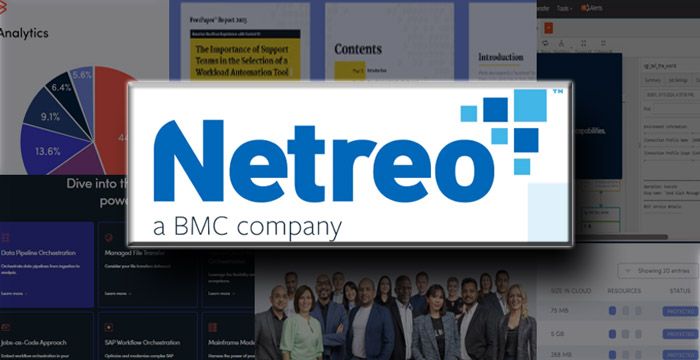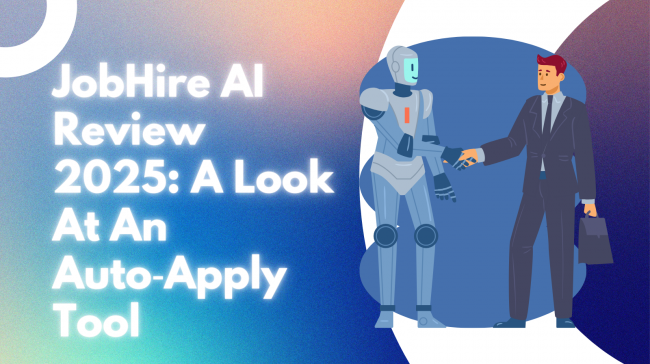Table of Content
As modern IT systems grow in complexity, organizations need more than just uptime checks, they need complete visibility, fast alerting, and actionable insights. This is where network monitoring tools become essential.

Before diving into what Netreo offers, let’s understand the fundamentals of network monitoring and why businesses rely on such platforms.
What Is a Network Monitoring Tool?
A network monitoring tool is software that tracks the health, performance, and availability of digital infrastructure. It continuously monitors servers, cloud services, routers, databases, and applications to ensure everything functions optimally.
Core functions typically include:
- Real-time performance monitoring
- Outage and incident detection
- Alert notifications for abnormal activity
- Reporting and trend analysis
- SLA compliance tracking
These tools allow IT teams to shift from reactive troubleshooting to proactive management, reducing downtime and ensuring a consistent user experience.
What Does Netreo Do?
Netreo is a unified IT infrastructure monitoring platform designed for medium to large enterprises. It brings together network monitoring, server visibility, application performance tracking, and cloud observability—all within a single, scalable dashboard.
Netreo helps organizations monitor:
- On-premises and cloud networks
- Windows, Linux, and virtualized servers
- Enterprise and custom applications
- Databases and API performance
- User access and service-level objectives
Netreo simplifies complex environments by integrating monitoring, alerting, and automation in one place, helping teams identify root causes quickly and act before issues affect users.
Netreo vs SolarWinds: Key Differences
Both Netreo and SolarWinds are leading players in the infrastructure monitoring space, but they offer different experiences in terms of platform architecture, usability, and pricing.
| Feature | Netreo | SolarWinds |
| Platform Design | Unified, hybrid-cloud friendly | Modular, on-premises primary |
| Setup Complexity | Streamlined setup | Requires separate modules |
| Alert Management | AI-driven alert correlation | Manual thresholds and configurations |
| Pricing Model | All-in-one or bundled pricing | Per-module costs |
| Target Use Case | Mid-sized and hybrid enterprises | Large enterprises with an existing stack |
Netreo offers a simplified, all-in-one solution ideal for IT teams that want centralized observability with fewer configurations. SolarWinds is better suited for large, legacy-heavy environments already using its ecosystem.
Netreo Pricing Overview
Netreo uses a flexible pricing model based on the number of devices or endpoints being monitored, features required, and contract length.
Common pricing considerations:

- Number of monitored assets (e.g., 500, 1,000, 5,000+)
- Type of modules (cloud, app, or database monitoring)
- Data retention and analytics needs
- Custom support options
Unlike platforms with rigid licensing, Netreo provides tailored quotes, making it easier for organizations to scale without hidden costs.
Netreo Documentation and Support
Netreo offers extensive technical documentation, tutorials, and integration guides covering:
- Deployment options (on-prem, cloud, or hybrid)
- API integration and scripting
- Automation and alert configuration
- Report customization and dashboard creation
Documentation is accessible to registered users and customers via the Netreo support portal. It also includes guides for integrating tools like ServiceNow, Jira, Slack, and Microsoft Teams.
Reporting, Automation, and Alerting Capabilities
Netreo stands out with its intelligent alerting engine and automated workflows that allow teams to reduce noise, prioritize incidents, and resolve problems faster.
Key capabilities include
- Smart alert grouping and escalation policies
- Role-based dashboards for technical and executive users
- Scheduled reporting for SLA, compliance, and performance
- Automation triggers for service restarts, script execution, and workflow integration
These features reduce mean time to resolution (MTTR) and improve service reliability without requiring multiple third-party tools.
Who Uses Netreo: Use Cases by Role and Industry
Netreo’s architecture is role-aware and industry-adaptable.
By Role:
- System Administrators benefit from server and application health tracking.
- Network Engineers gain visibility into traffic, SNMP traps, and topology.
- IT Directors access real-time performance trends, SLA compliance, and capacity forecasting.
By Industry:
- Healthcare requires HIPAA-compliant monitoring and audit trails.
- Retail needs uptime tracking for POS systems and cloud-based apps.
- Banking and Finance demand a reliable infrastructure for secure transactions.
- Education, Manufacturing, and Logistics rely on scalable deployment across campuses, plants, and distributed sites.

Platform Access: Web and Mobile
Netreo supports multiple access methods:
- Web-based central dashboard
- Mobile-friendly views with real-time alerts
- Role-based access control for secure team collaboration
- API and webhook support for automation and DevOps
Whether teams are in-office, remote, or on call, they can manage alerts, analyze trends, and resolve issues on any device.
Is Netreo Right for Your Organization?
Netreo is best suited for:
- Enterprises with hybrid cloud or on-prem infrastructure
- IT teams looking to replace multiple monitoring tools
- Companies needing real-time alerts, compliance reporting, and workflow automation
It may be less ideal for startups or small businesses with only basic monitoring needs and no need for complex integrations or SLA tracking.
Final Takeaway
Netreo delivers a unified, scalable platform for infrastructure monitoring that simplifies IT complexity without compromising on depth. Its strength lies in bringing together performance data, alert management, automation, and reporting in a way that’s both technically robust and easy to manage.
By offering role-based insights, industry adaptability, and transparent pricing, Netreo positions itself as a powerful alternative to traditional modular solutions like SolarWinds—especially for teams looking to reduce tool fatigue and operational silos.
Post Comment
Be the first to post comment!
Related Articles




